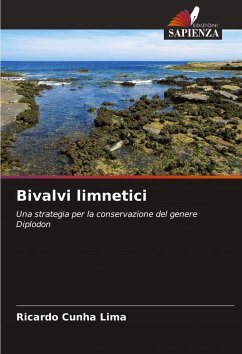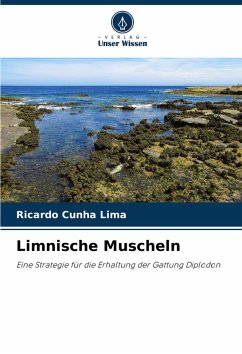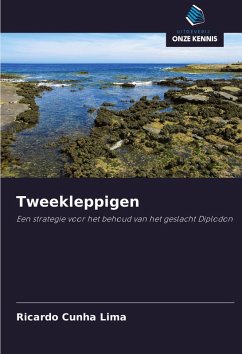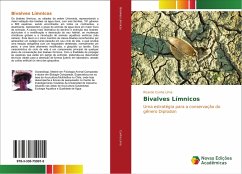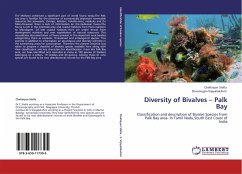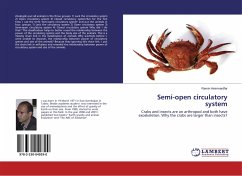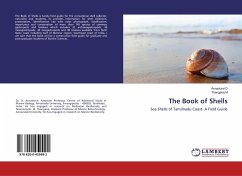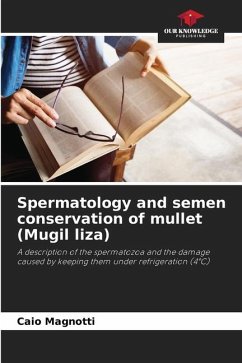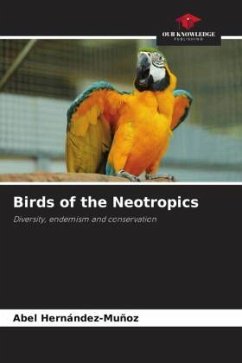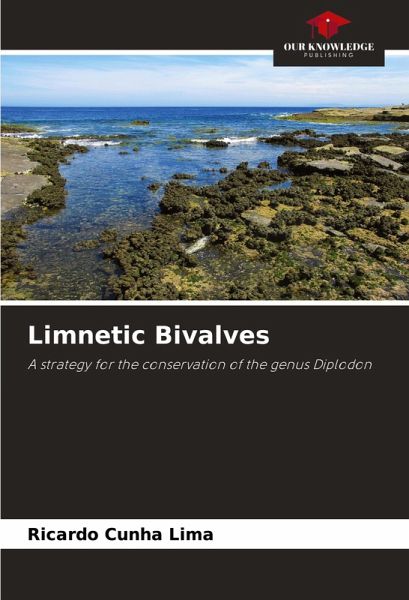
Limnetic Bivalves
A strategy for the conservation of the genus Diplodon
Versandkostenfrei!
Versandfertig in 6-10 Tagen
23,99 €
inkl. MwSt.

PAYBACK Punkte
12 °P sammeln!
The limnetic bivalves, or naiads of the order Unionoida, represent the largest radiation of freshwater bivalves, with six families, 181 genera and 800 species. They are found on all continents and currently represent the group of freshwater animals most at risk of extinction. The most dramatic cause of the decline and extinction of freshwater bivalves is the modification and destruction of their habitat, global climate change and the introduction of exotic (non-native) aquatic animals. This taxon is the only member of the class Bivalvia recognized for having a parasitic larval stage in its lif...
The limnetic bivalves, or naiads of the order Unionoida, represent the largest radiation of freshwater bivalves, with six families, 181 genera and 800 species. They are found on all continents and currently represent the group of freshwater animals most at risk of extinction. The most dramatic cause of the decline and extinction of freshwater bivalves is the modification and destruction of their habitat, global climate change and the introduction of exotic (non-native) aquatic animals. This taxon is the only member of the class Bivalvia recognized for having a parasitic larval stage in its life cycle, which involves an obligatory relationship with a vertebrate host, usually a fish, and a highly modified larva, the gloquid or lasid. This characteristic of the life cycle is a key component of any conservation plan for limnetic bivalves. In order to propagate species that are in danger of extinction, the aim was to develop viable techniques for obtaining juvenile forms in the laboratory, through the artificial cultivation (in vitro) of gloquids.






